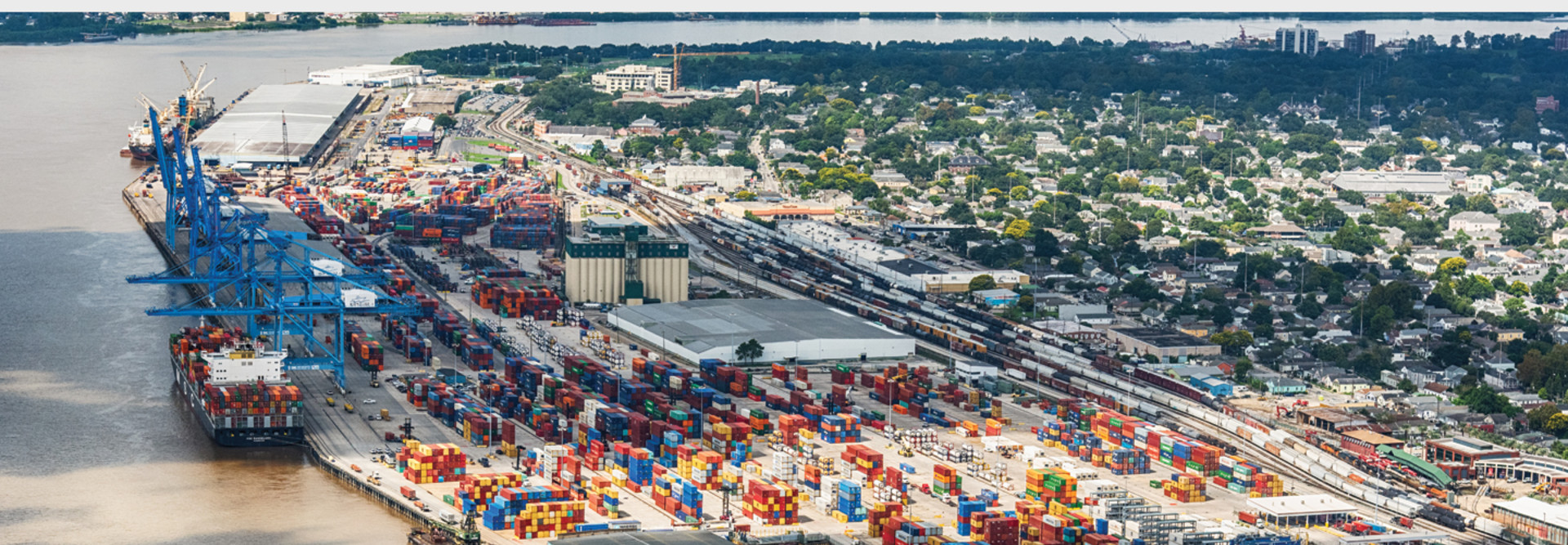Economic Development, Public Safety at Heart of Smart Port
At an event announcing the initiative, Edwards said the data will be used to help the port and the U.S. Army Corps of Engineers determine future dredging needs to keep the river “at optimal performance levels,” according to video of his comments on local TV station FOX 8.
Water Institute President and CEO Justin Ehrenwerth said at the event that the sensors and data will enable the port “to have predictive analytics so that the Port of New Orleans and then many other ports will be able to get ahead of their dredging needs, will be able to find efficiencies based on that knowledge and will ultimately be able to save money and time by having to spend less time waiting for a berth.”
The second smart port phase will create a “unified digital command” at the New Orleans port and on the Water Campus, and Louisiana hopes the model can be applied to ports across the state. LED says it is pursuing federal funding to advance this phase of the project.
The initiative, Edwards said, is designed to give real-time information to shippers, port tenants, port administration, regulatory agencies and companies that operate transportation services “so that everybody’s operations on the river will be safer, they’re going to be more streamlined and they’re going to be more efficient.”
LED Secretary Don Pierson said at the event that once the software and communications systems needed for the second phase are in place, the system can serve as a model and be expanded for all ports along the Mississippi River in Louisiana. “Science will allow us to drive and protect commerce on the river, and in so doing, we will build a more prepared and more resilient Louisiana,” he said.
Port of New Orleans CEO Brandy Christian said that while the scientific data collected from the tugboats will have value in and of itself to model how the river is changing, there is also a “very significant practical commercial value to this project.” Knowing how much sediment is in the river can help the port plan better for necessary dredging, because unplanned dredging is costly, she noted.
Edwards said his administration envisions a third phase, in which a Hurricane and Flood Risk Center would provide support to the Governor’s Office of Homeland Security and Emergency Preparedness, the Louisiana National Guard and other emergency management partners. The center would “model data to enhance preparation for, and response to, coastal and inland flooding events,” LED says.
The Water Institute will help the state monitor coastal data to “determine more precisely, and hopefully as far in advance as possible, the level of response that we’re going to need to assemble in response to any particular storm or emergency,” Edwards said.
READ MORE: Find out how smart water technology helps cities save money and conserve water.











